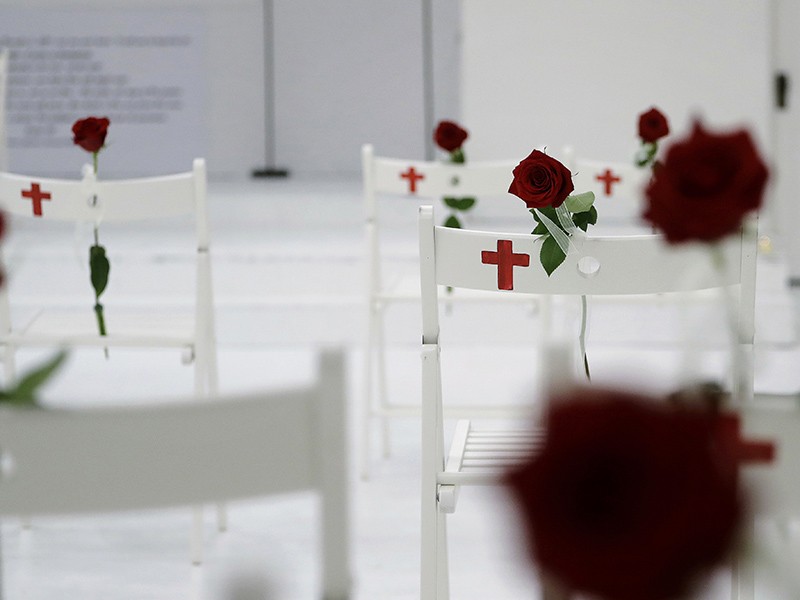After a mass shooting, what will a congregation do with the sanctuary?
Schools and other sites of violence have been razed and rebuilt. But it's a different question for places of prayer and worship.

On the first Sunday after the mass shooting at First Baptist Church of Sutherland Springs, the congregation held an outdoor service.
Frank Pomeroy, the church’s pastor, who was away the day an assailant killed half of the congregation, including all of its Sunday school teachers and several music leaders, gave an emotional sermon under a tent.
“I know everyone who gave their life that day,” Pomeroy said, his voice cracking as he spoke about his 14-year-old daughter, Annabelle, who was among the dead.





